The history
of SGL
This is the story of SGL, how the dream of a rose grower evolved into a system embraced by the largest sports stadiums in the world.
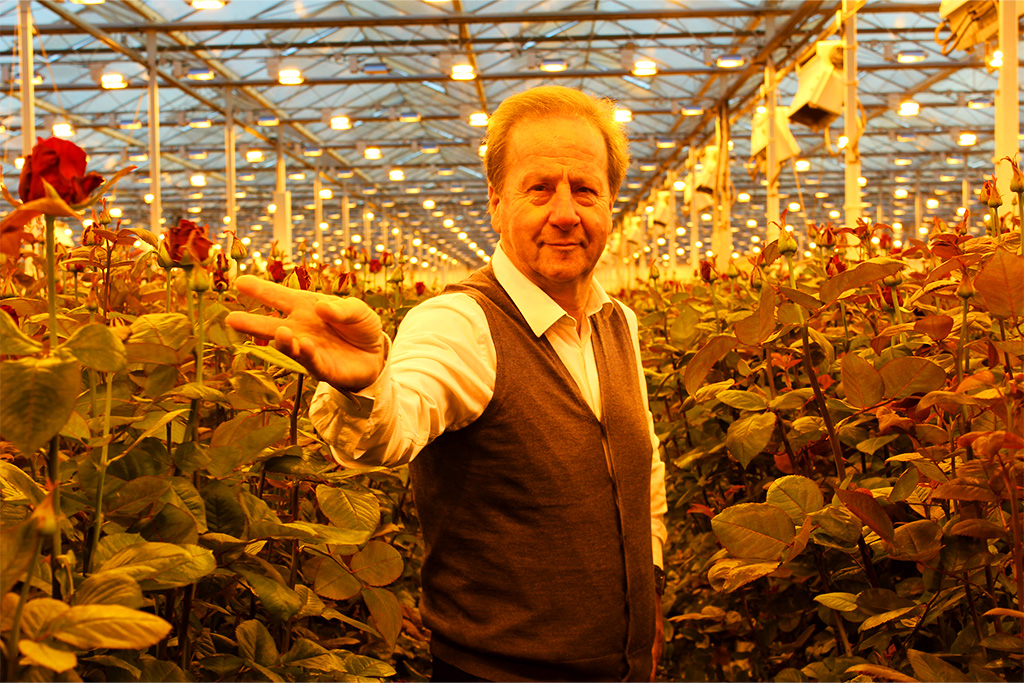
How it started
Late nineties professional rose grower and football enthusiast Nico van Vuuren noticed a problem: football pitches where top matches were played on were in very poor condition, especially during the winter months. Matches were played on bumpy, muddy playing fields, and there was hardly any grass left in the goal mouths. “How could it be that I was capable of growing thousands of roses per day, even during the dark Dutch winters, while the grass in many stadiums had serious trouble surviving? We need to do something about that,” Nico thought. And so, Nico started the first research.
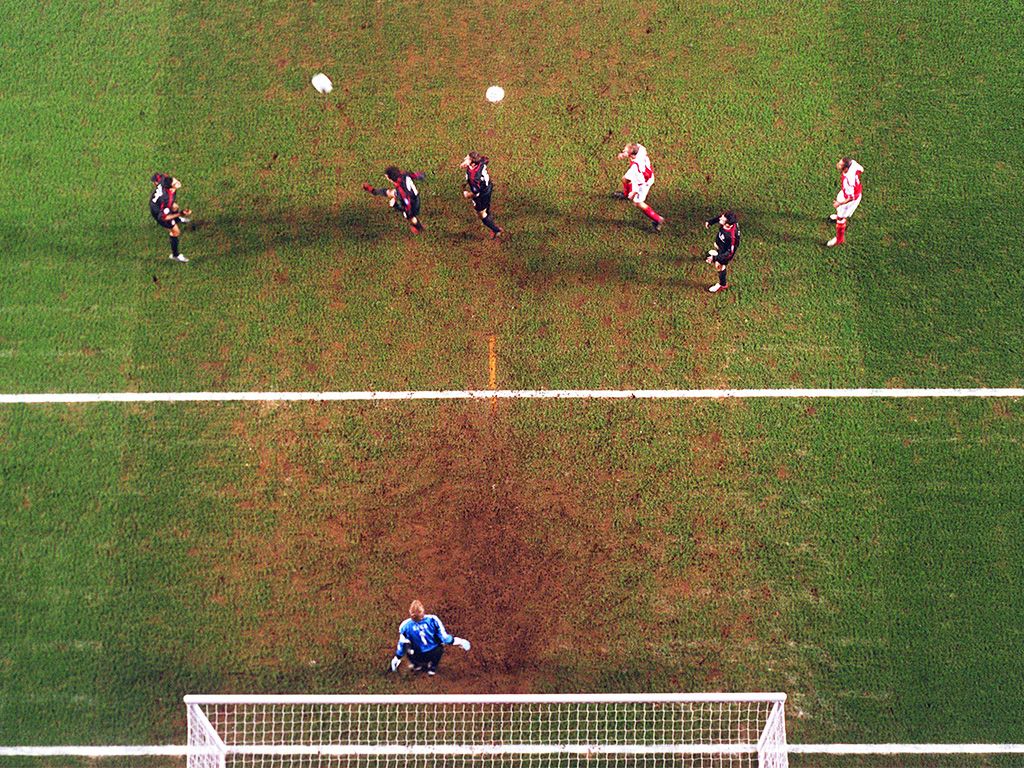
The first tests
In the rose greenhouse an optimal environment is created and all growth factors are being monitored and improved, whereas in sports stadiums, one of the essentials for growth, sunlight, was a limiting factor. Additionally, pitches have a lot to endure because of football players ploughing the grass game after game. In most stadiums, the natural light is not sufficient for steady growth all year long because of shaded areas, shorter and colder days in winter and sometimes even in summer the sunlight is not enough to recover from the damage. So the idea rose; if you can control the light input on the pitch just as in the greenhouse, the grass should be growing and recovering regardless of the limiting factors mentioned. In Aalsmeer, testing was conducted for the first time using an alternative light source to stimulate grass growth when there is insufficient natural sunlight.
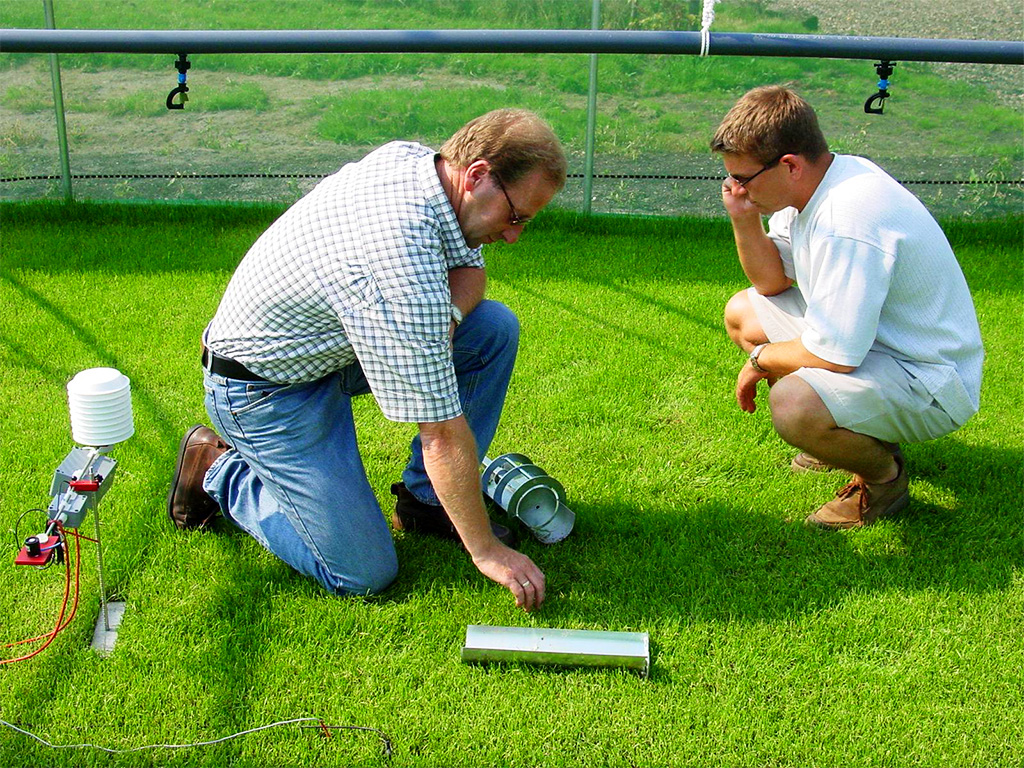
The first stadium trial
The next few years Nico began researching ways to use the lighting technology, which was used in the greenhouse, on football pitches. He developed a system that consisted of metal rigs with HPS lighting armatures. That first system was trialed at the Stadium of Light (how fitting), home of Sunderland A.F.C. The results were simply mind blowing. The grass was growing in winter like it had never done before. This was the beginning of what a few years later proved to be a revolution in pitch management.
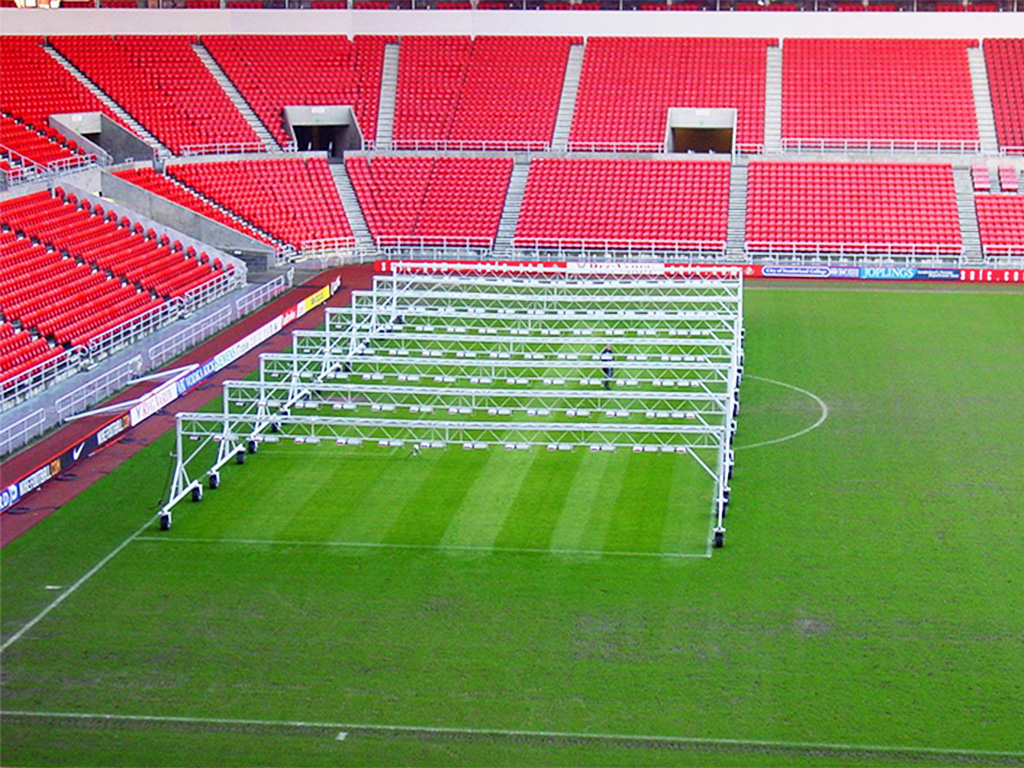
The first customer: PSV Eindhoven
After extensive testing and optimisation, it was time to introduce the SGL system at sports stadiums. However, it was not without challenges, as is often the case with revolutionary ideas. PSV Eindhoven showed interest but was not completely convinced yet. That changed when then-successful coach Guus Hiddink vouched for Nico and the SGL system. “We have top players in our squad and want to play high-quality football; for that, we need a top-quality playing field,” Hiddink believed. With that statement, he convinced the board to invest in SGL’s grow lights, making PSV Eindhoven our first customer.
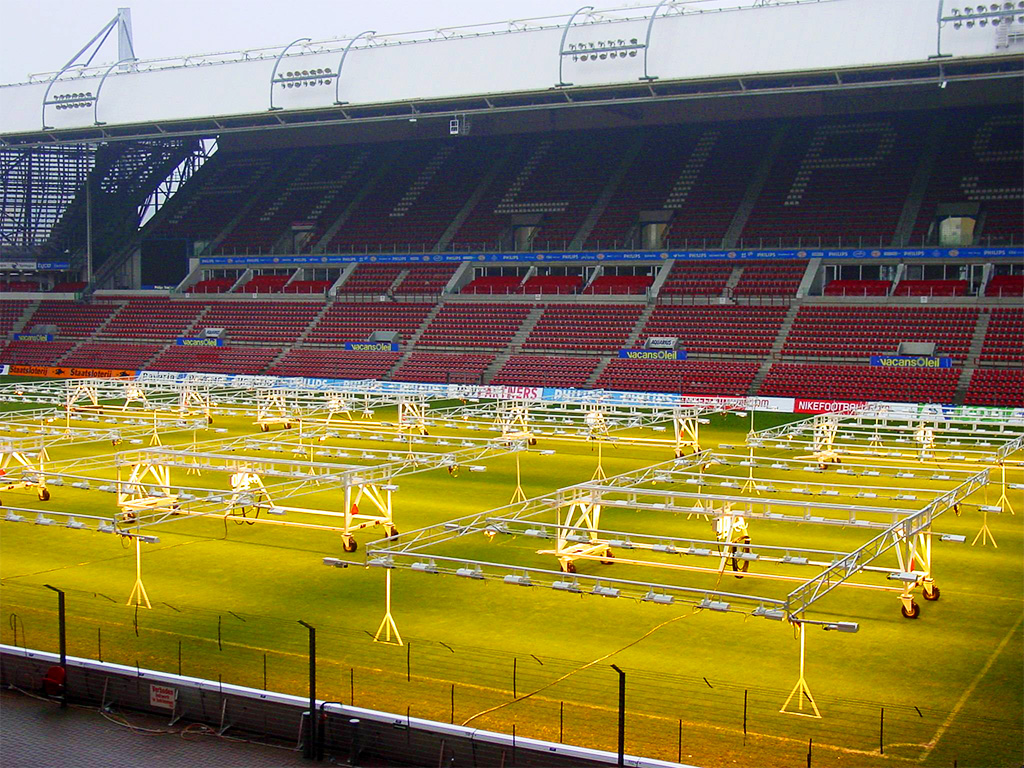
First LED tests
In the years that followed, the SGL system gained popularity beyond the Dutch borders. One of the most prominent football clubs in the world, Arsenal FC, coached by Arsene Wenger at the time, followed. Meanwhile, growth models and monitoring tools were optimised for the most efficient usage of the lighting systems. At the same time LED technology was already in the back of our minds, and the first tests with the assumed energy-efficient LED grow lighting technology were conducted.
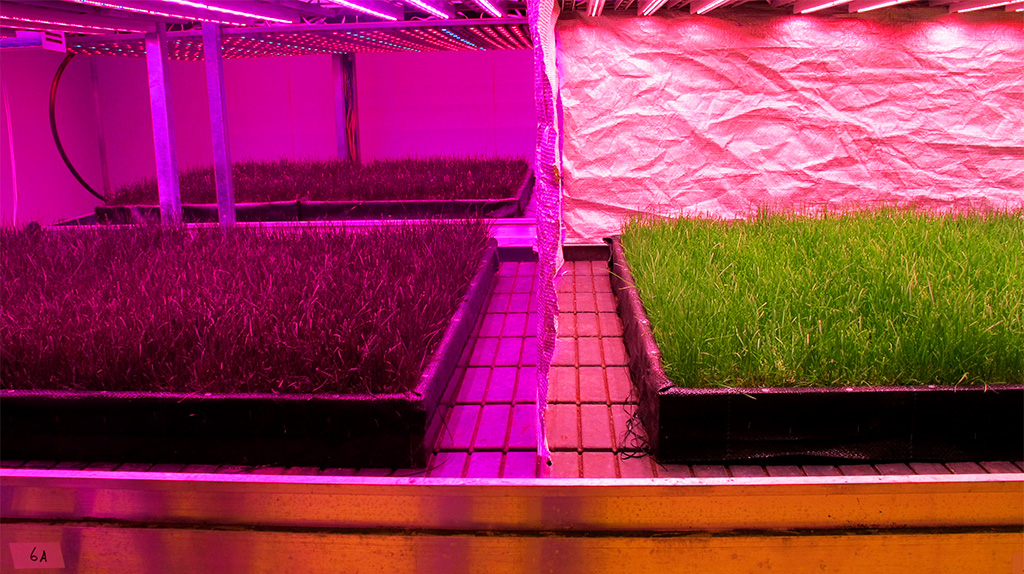
100 projects
After PSV and Arsenal, the projects followed each other rapidly. SGL grew from two employees sharing a desk to a team of 40, with its own agronomy department and research center. The system gained global success, and in 2010, we celebrated a milestone: reaching the mark of 100 projects.
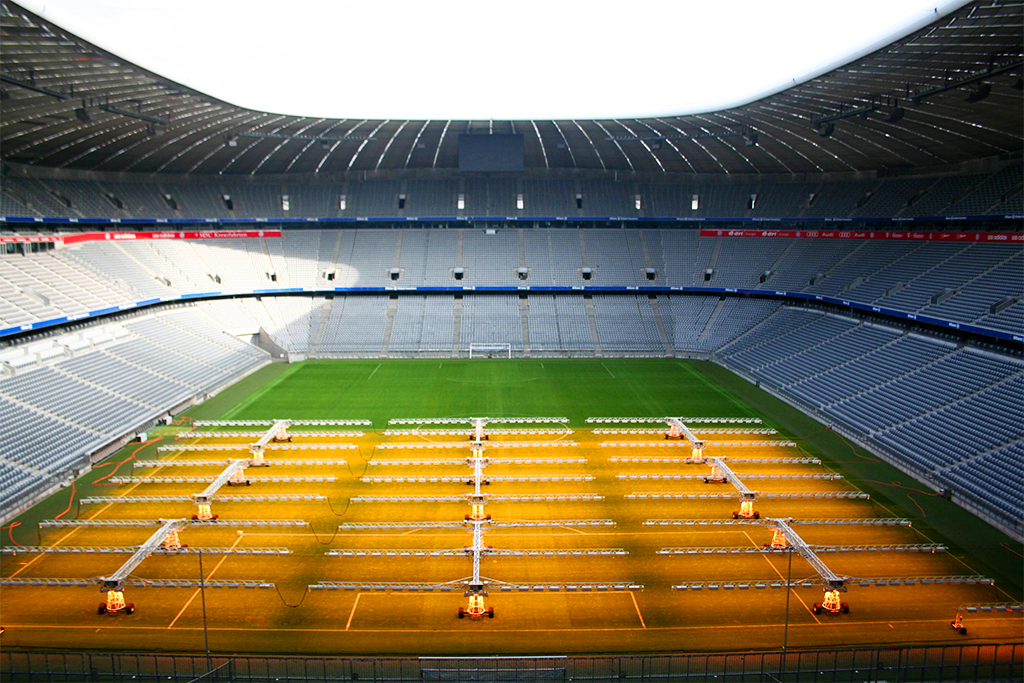
Sustainable grass care
In addition to the absence of sufficient natural sunlight for stimulating grass growth, grounds managers also face grass diseases that can seriously affect the playing surface. Especially when it’s humid and warm, the risk of a grass disease outbreak is high. To prevent this, we introduced the use of UV-C technology, allowing grounds managers to prevent a grass disease outbreak and keep the playing surface healthy and safe in a sustainable way.
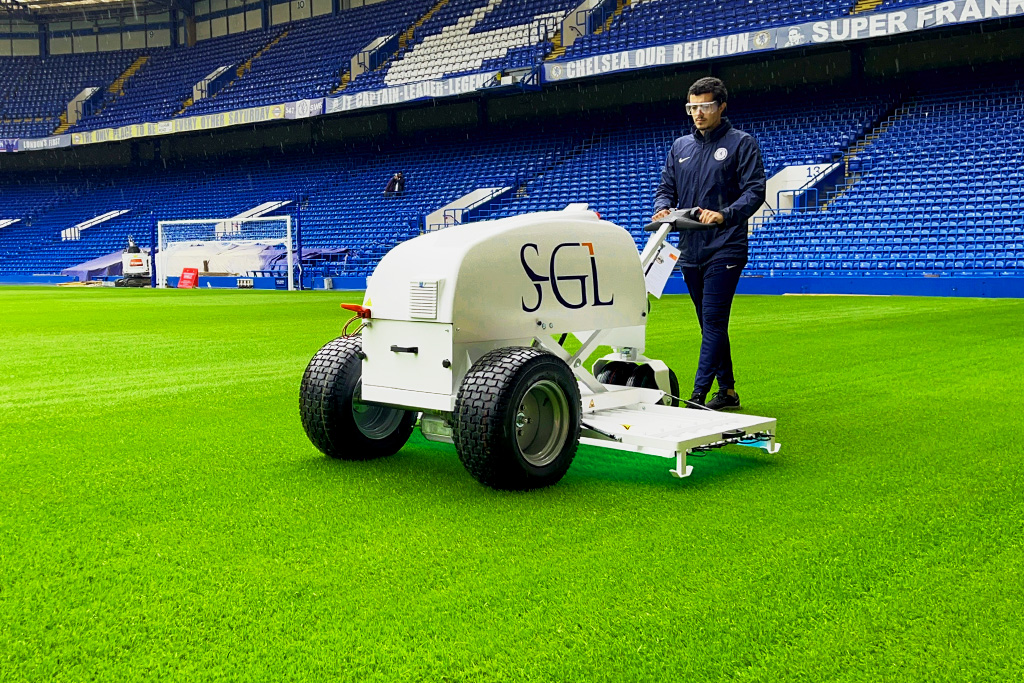
The LED transition began
One of the optimisations is the introduction of a revolutionary way of grass grow lighting: LED technology. With LED technology, the grounds manager can control light and heat independently, giving them even more control over the growth climate, while saving on energy compared to the conventional HPS technology. The LED440 was the first grow lighting product to utilise this technology on a large scale and kicked off a transition from the well-known HPS technology to the more sustainable and data driven LED alternative. With the introduction of the LED440, and later the LED120 and LED50, a full LED portfolio was complete and the technology transition started.
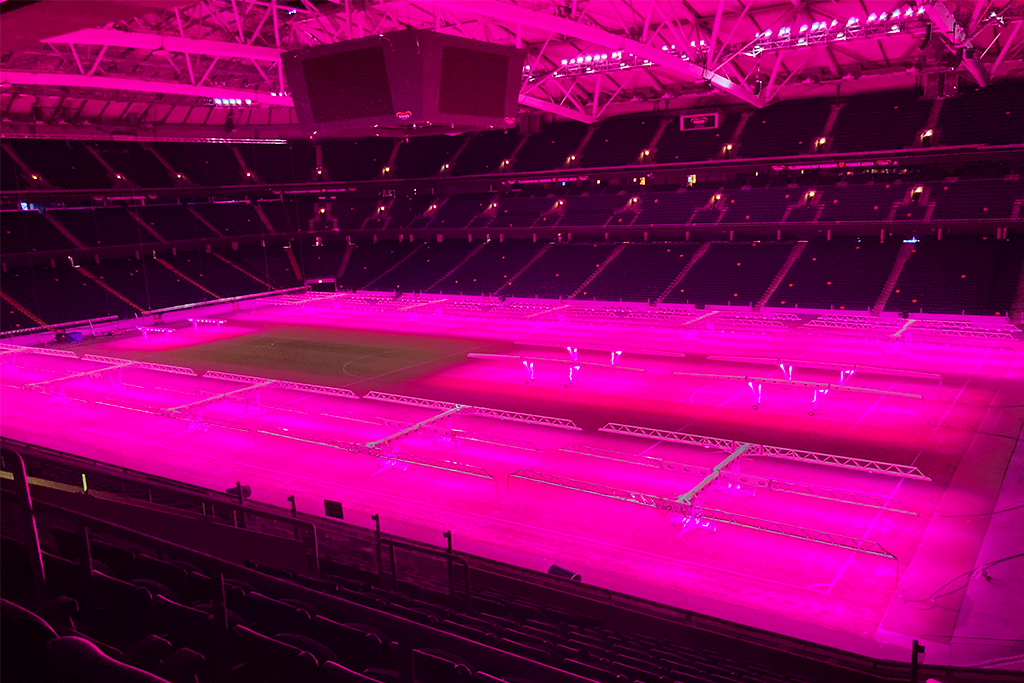
500 projects
Roughly 20 years after the founding of SGL, our customer base has grown to 500 clients. What once started as a dream in the rose nursery has evolved into a globally embraced system.
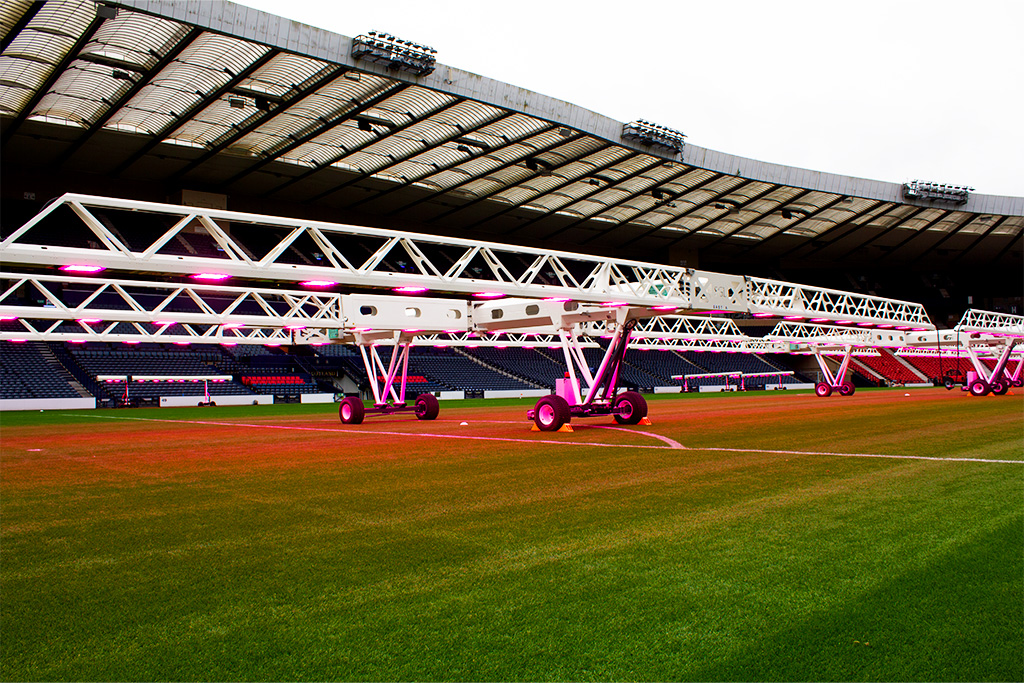
Join our team!
Are you passionate about sports, technology or turfgrass? We’re always looking for ambitious people to strengthen our team. See what vacancies are currently available.
